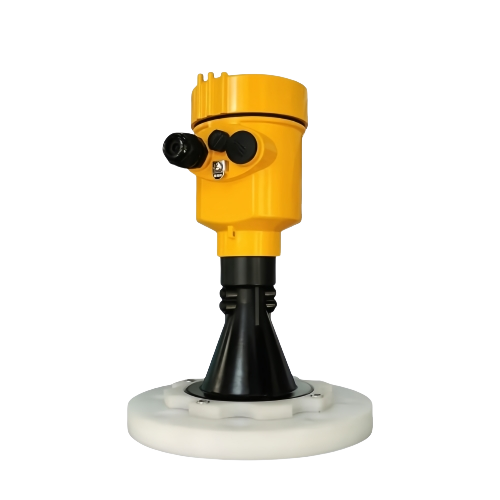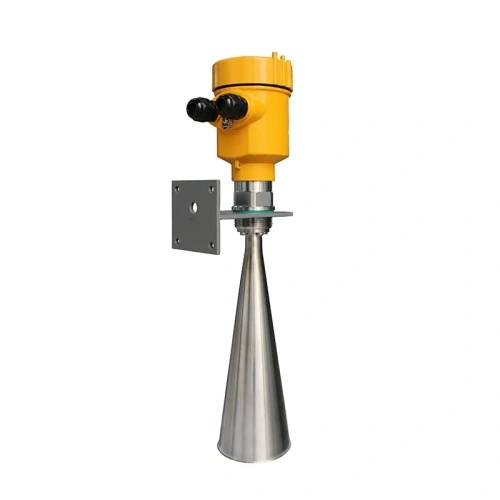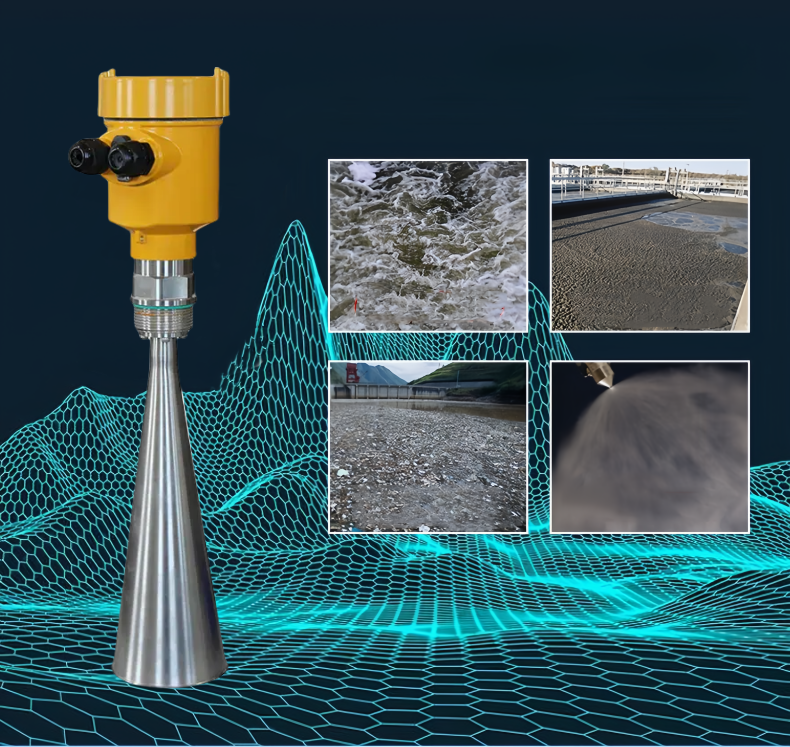BETTER TOUCH BETTER BUSINESS
Contact Sales at KAIDI.
In the field of industrial and environmental monitoring, water level meter and mud level meter as two important measuring instruments, each plays an indispensable role. Although they are both used to measure certain properties of liquids, there are significant differences in principle, construction, and application.

Water level gauges are mainly used to measure the height of the water level, and their working principle is based on the relationship that pressure is proportional to depth. By measuring the pressure of the liquid, the height of the water level can be deduced. Common types of water level gauges include radar, float, pressure, and ultrasonic. For example, the float type water level meter uses the principle of the float with the water level rise and fall, through mechanical or electronic means to convert the displacement of the float into a water level signal; pressure type water level meter is through the measurement of the pressure at the bottom of the liquid to calculate the height of the water level; ultrasonic water level meter is the use of ultrasonic wave propagation time in the air to calculate the water level . Mud level meter is a kind of instrument used to measure the position of mud or sludge. Its working principle is mainly based on the density difference between mud and water. When mud or sludge is deposited at the bottom of a vessel, a clear interface is formed and the mud level meter determines the height of the mud or sludge by measuring the position of this interface. Common types of mud level meters include differential pressure, electrode, and ultrasonic. For example, the differential pressure mud level meter determines the mud level height by measuring the pressure difference between mud and water; the electrode mud level meter utilizes the change of conductivity between electrodes to sense the mud position; and the ultrasonic mud level meter utilizes the propagation characteristics of ultrasonic waves in the mud to calculate the mud level height.

Water level meter usually consists of sensor, transmitter and display device. The sensor is responsible for sensing the pressure or level change of the liquid and converting it into an electrical signal output; the transmitter amplifies, filters and converts the signal output from the sensor for transmission and display; and the display device is used to visually display the water level information. According to different application scenarios and needs, the water level meter can also be equipped with alarms, recorders and other auxiliary equipment. Mud level meter is mainly composed of probe and control circuit. The probe is responsible for sensing the position of mud or sludge and converting it into an electrical signal output; the control circuit processes and analyzes the signal output from the probe to determine the mud level height. The probe of the mud level meter is usually made of corrosion-resistant and abrasion-resistant materials to adapt to the harsh working environment. Water level meters are widely used in the fields of water level monitoring of rivers, lakes, reservoirs, wells and other water bodies, as well as liquid level control in industrial production processes. In the field of water conservancy, the water level meter is an important tool for monitoring natural disasters such as floods and droughts; in industrial production, the water level meter is used to control the height of liquid level to ensure the stability and safety of the production process. Mud level meter is mainly used in oil drilling, sewage treatment, geological exploration and other fields. In the oil drilling process, the mud gauge is used to monitor the drilling fluid in the rock chip content and mud density changes; in the sewage treatment process, the mud gauge is used to monitor the height and concentration of the sludge in the sedimentation tank changes; in the field of geological exploration, the mud gauge is used to understand the distribution of the subsoil layer. The installation of the water level meter needs to be based on the actual water level measurement requirements, measurement accuracy and conditions to decide. Usually, the water level meter needs to be installed in the pipe ditch or ponds and lakes, can not destroy the stability of the water body can not affect the water quality. At the same time, the installation also needs to pay attention to the ambient temperature and air pressure and other factors to ensure the measurement accuracy. In addition, the installation location of the water level meter should be chosen where it is safe and easy to maintain.

Mud gauges are relatively simple to install, but again, the actual measurement needs and the environment in which they are to be used need to be taken into account. Generally speaking, the mud gauge needs to be installed close to the mud or sludge source in order to accurately measure its position. At the same time, due to the slurry or sludge has a certain corrosive and abrasive so the probe part of the mud level meter needs to be made of special materials and regular maintenance to ensure its normal operation. In summary, although the water level meter and mud level meter are both used to measure the properties of the liquid instrument, but there are obvious differences in the working principle, construction characteristics, application scope and installation requirements. In the choice of use need to be based on specific application scenarios and needs for comprehensive consideration.
We are here to help you! If you close the chatbox, you will automatically receive a response from us via email. Please be sure to leave your contact details so that we can better assist